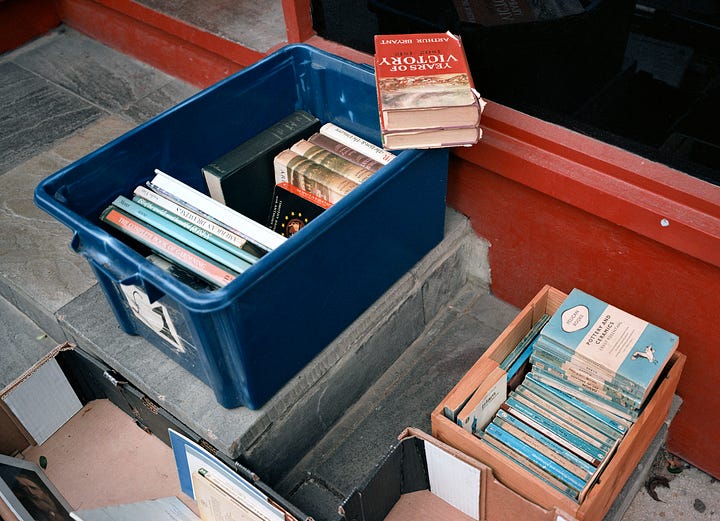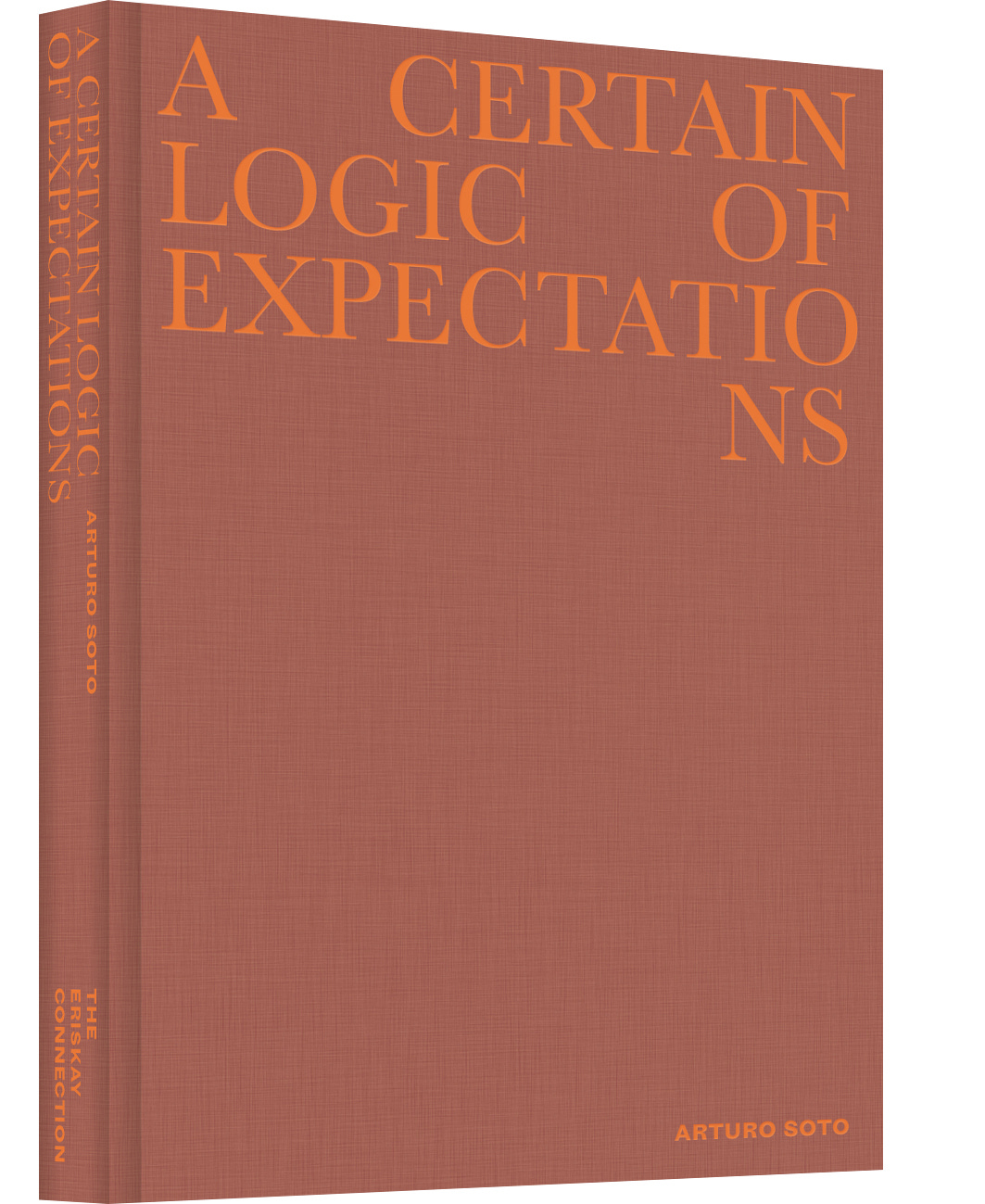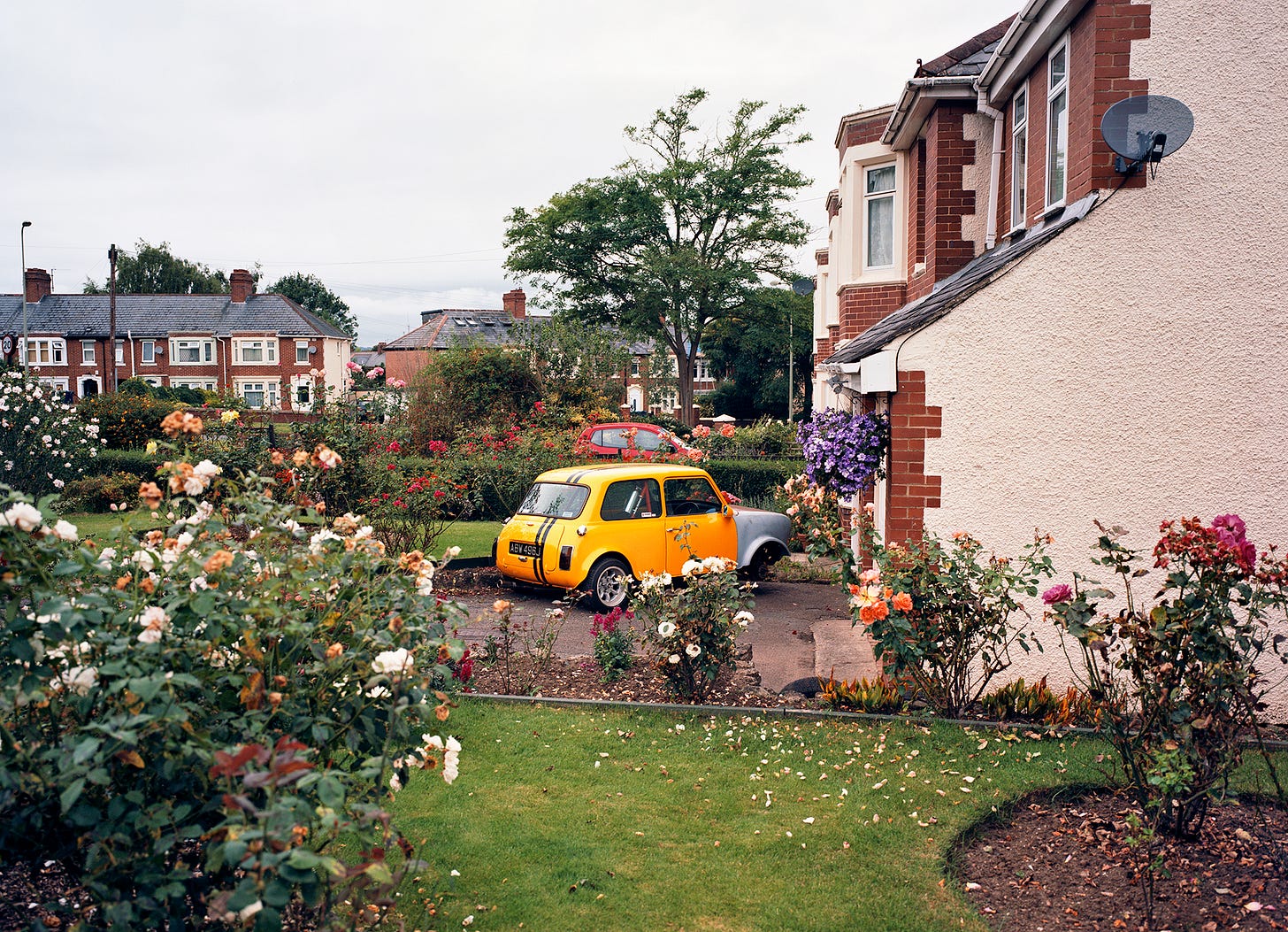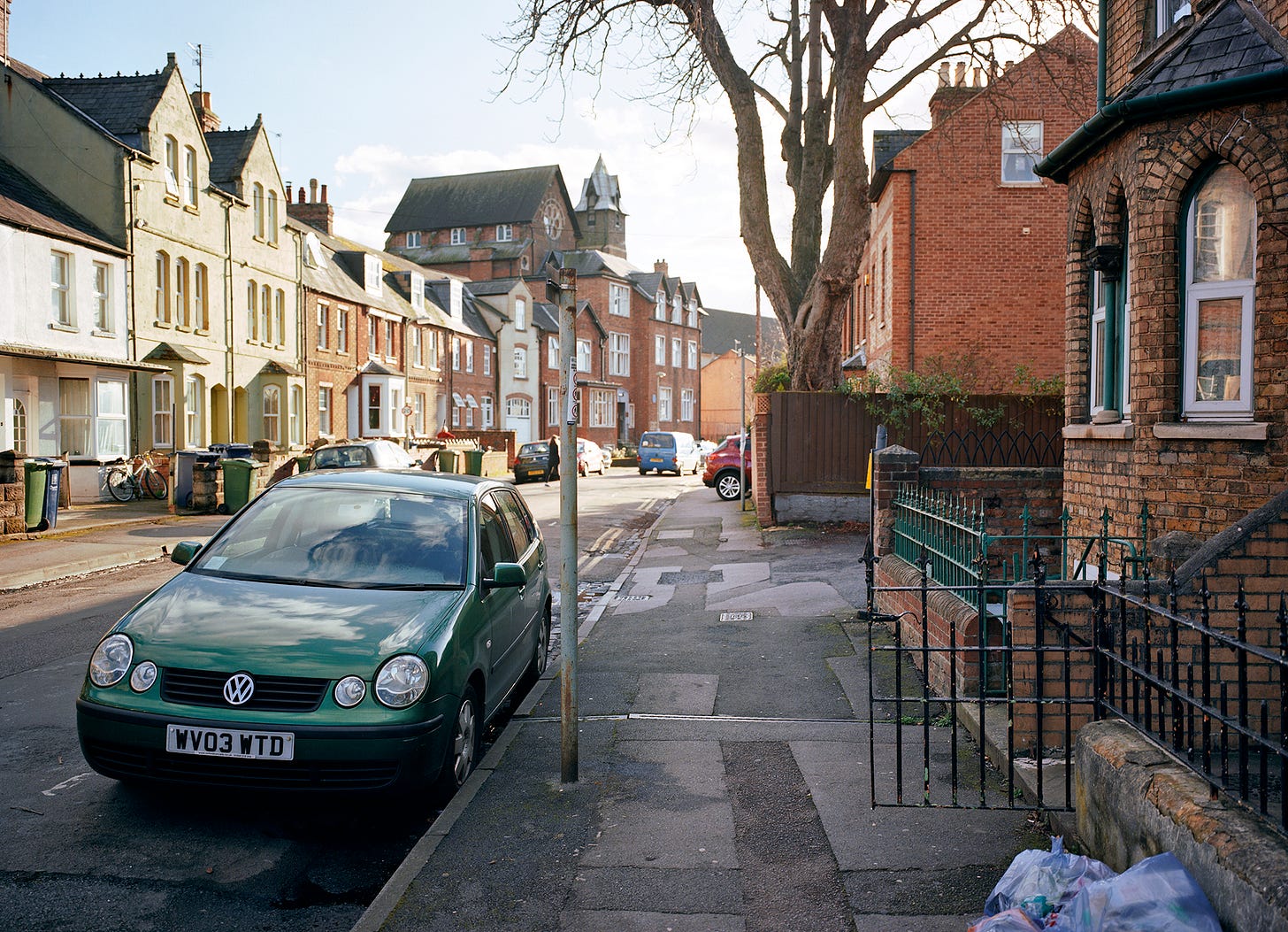While working on a recent review of Arturo Soto’s new book Border Documents, I revisited an email exchange I’d done with the Mexican artist and writer in September 2021. Cities are at the center of Soto’s work, and I was struck by the way he talked about them at the time: “I am interested in cities,” he told me, “because they’re the environment where most of us live, the stage where our everyday lives play out. As such, we are bound to develop feelings towards them, and I’m interested in capturing those feelings.”
Soto wrote these words in reference to his previous book, A Certain Logic of Expectations (which I reviewed shortly after its release), but they apply to his latest project, too. Border Documents traces his father’s youth between Ciudad Juárez, Mexico and El Paso, Texas during the 1950s, 60s, and 70s, and Soto’s 2021 book follows the author’s own ambivalence as a foreign student at Oxford University during the time leading up to Brexit. Both works feature a series of short textual vignettes from a single narrator paired with photographs of unpopulated, little-known locations around the city where the books’ protagonist lives. These sites, which Soto calls “non-places,” are seemingly unremarkable, though the accompanying texts give readers the sense that they’re imbued with the residue of real human emotion and memory.
Born in Mexico City, Soto now lives in Los Angeles, where Trump’s wide-scale immigration raids have been met with mass protests in recent days. There, residents have turned unexpected corners of the city into sites or resistance, or in Soto’s words, a stage to express their feelings. The artist’s time in Oxford, though less outwardly charged with this kind of public action, nonetheless took place against another major collective reckoning with ideas of social belonging and identity that ultimately brought an irreversible shift in daily and political life in the United Kingdom and Europe. With this in mind, I wanted to share my conversation with the artist from 2021.
Lauren Moya Ford: There's a distinctly critical voice in the book that consciously evades "the obvious charms of Oxford." Why did you choose to approach the city this way, and what draws you to the city as a subject?
Arturo Soto: I am interested in cities because they’re the environment where most of us live, the stage where our everyday lives play out. As such, we are bound to develop feelings towards them, and I’m interested in capturing those feelings.


It is common practice to describe cities according to the qualities for which they are best known. Sociologists such as Avner De-Shalit believe that a city’s spirit can be condensed to a singular ethos. Many people see Oxford maily as a tourist attraction, while many who work or live there only consider it in relation to its ancient university.
However, Oxford has a complex social divide that tends to be ignored, particularly in the many books that package its urban life in a faultless manner. In much of its contemporary print culture, Oxford’s sociopolitical issues become almost invisible. Therefore, the book’s main aim is to broaden Oxford’s terms of representation. I wanted to show the potential for discussion and enjoyment of non-places – many of which feature vernacular architecture – precisely because they fall outside the ethos of ‘intellectualism’ most people associate with the city.
LMF: How did you formulate the textual vignettes that structure the book, and and later organize the order in which they unfold? They seem almost like diary entries, but not quite, and I wonder how much they relate to your academic work at the time.
AS: I’ve always been interested in poetry which usually means employing an economy of means to express ideas and feelings. For this work, I was influenced by Ramón Gómez de la Serna’s aphorisms (he called them “Greguerías”), and the diaristic memoir of one of my favorite writers, Adolfo Bioy Casares (Descanso de Caminantes). I also learned a lot from the fragmentary writings of Georges Perec, Walter Benjamin, and Augusto Monterroso.
On the one hand, I wanted the book’s fragments to narrate my experience of the city (relating them, however obliquely, to urban space), and on the other hand, I wanted them to stand on their own while creating a whole that was more than the sum of its parts.
LMF: In this book, your photos are fairly small, usually about the size of the texts, though not paired with them directly. The first page talks about images as promise, words as compromise, and the affinities between the two. Could you say more about the relationship between words and images in this book?
AS: I wanted the photographs and texts to have the same weight in the book. They are related, but they are not explanations of each other. I tried to exploit the potential permeability of both mediums, creating a space where the visual resists being subsumed by the textual, which is often the case. I usually explain it as them being on parallel tracks that run in the same direction. I hope to show that an intermedial tension between texts and photographs can be productive, but only if one medium does not dominate the other.


LMF: Early on in the book, you ask, "Can I say something meaningful about this city if I do not read the local newspaper?" A Certain Logic of Expectations is about many things — public space, forgotten histories, the rules that structure social behavior, longing for a person or place that's unattainable — and so I wonder if the question could be shortened to simply "Can I say something meaningful about this city?" or even simply "Can I say something meaningful?" What do you think?
AS: You’re not wrong to think that the question of whether I could say anything meaningful about a city with such a rich history was on my mind. This is, after all, the place where many great writers got their education and then went on to write about the city or include it in their books.
Nevertheless, I’ve long been fascinated by Fénéon’s book and the notion that you can infer a lot about a city by looking at the front page of its leading newspaper. So again – apologies for repeating myself – I wanted the main subject of the fragments to cover issues related to urban space (primarily through my experience, although there are a few historical reflections and references).
Arturo Soto’s books A Certain Logic of Expectations and Border Documents are both available online.






